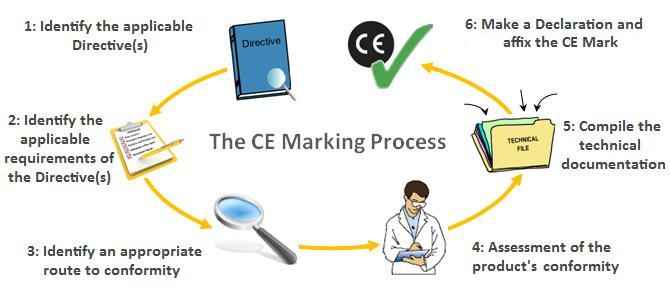CE Mark
Things You Need to Know

CE Mark
-
The CE marking represents a manufacturer’s declaration that products comply with the EU’s New Approach Directives. These directives not only apply to products within the EU but also for products that are manufactured in or designed to be sold in the EEA. This makes the CE marking recognizable worldwide even to those unfamiliar with the EEA.
A CE mark is a symbol that must be affixed to many products before they can be sold on the European market. The mark indicates that a product:
- Fulfills the requirements of relevant European product directives Meets all the requirements of the relevant recognized European harmonized performance and safety standards
- Is fit for its purpose and will not endanger lives or property.
CE marking does not provide any specific information to the consumer. It is not a quality assurance declaration, it does not show evidence of third-party testing, and it should not be confused with any independent certification mark of the type issued by international or European notified test bodies.
Certain directives include an option for the responsible organization to provide a declaration of conformity stating that a product fulfills the requirements of the applicable directives. However, if challenged, the appropriate evidence must be supplied to support the self-declaration claim. Other directives, particularly those pertaining to products affecting health and/or safety, such as pressure vessels, will require a specific certificate from a notified body.
- The CE Mark must be affixed to demonstrate conformity with the provisions of the directives.
In the event of a challenge, a report from a notified body may be submitted showing conformity of the equipment. This allows the manufacturer working with a notified body to show conformity with the safety objectives.














